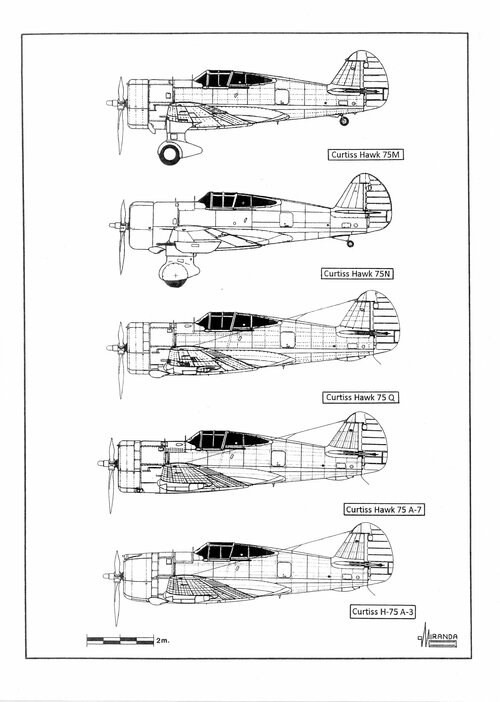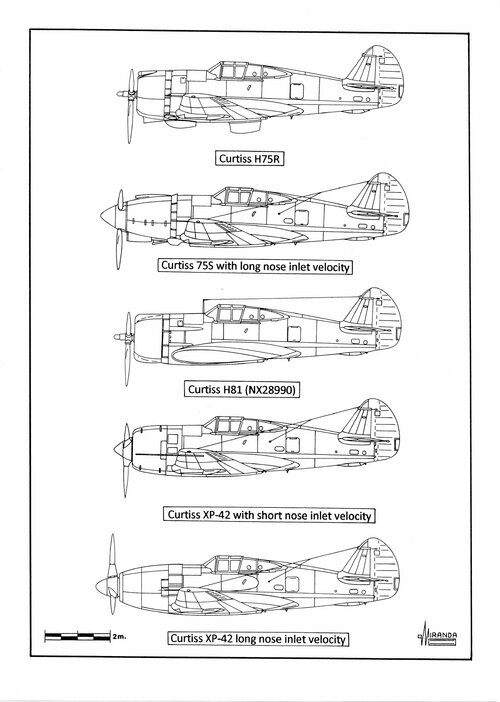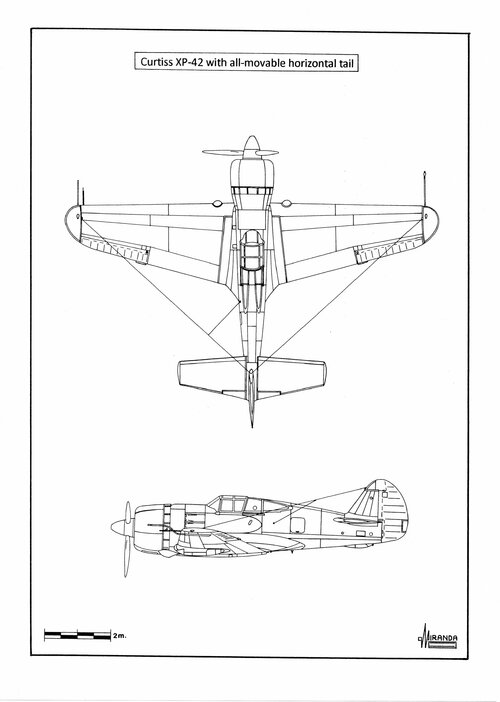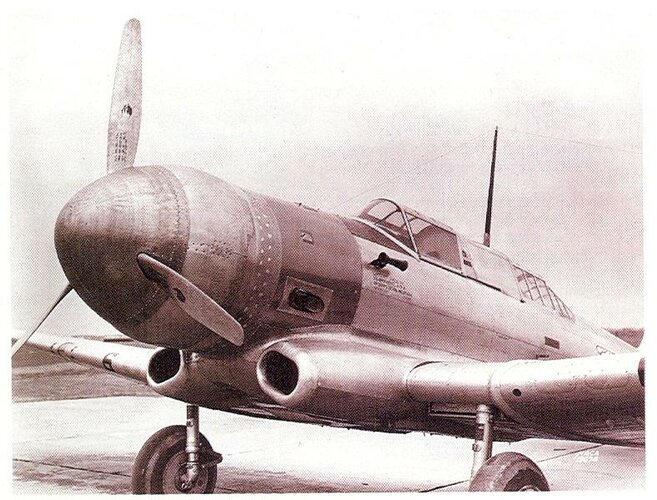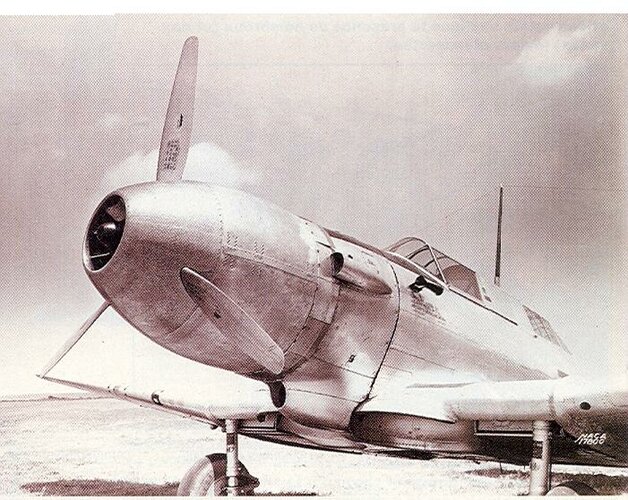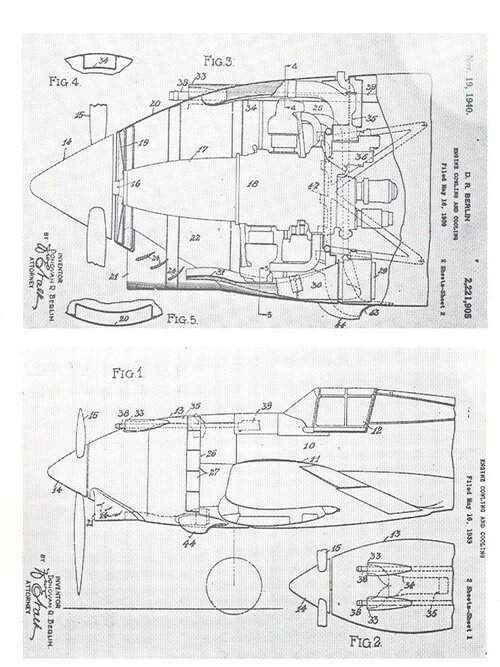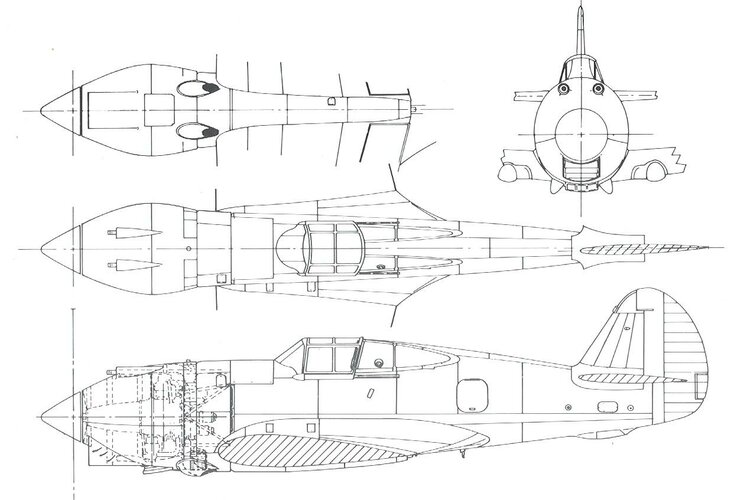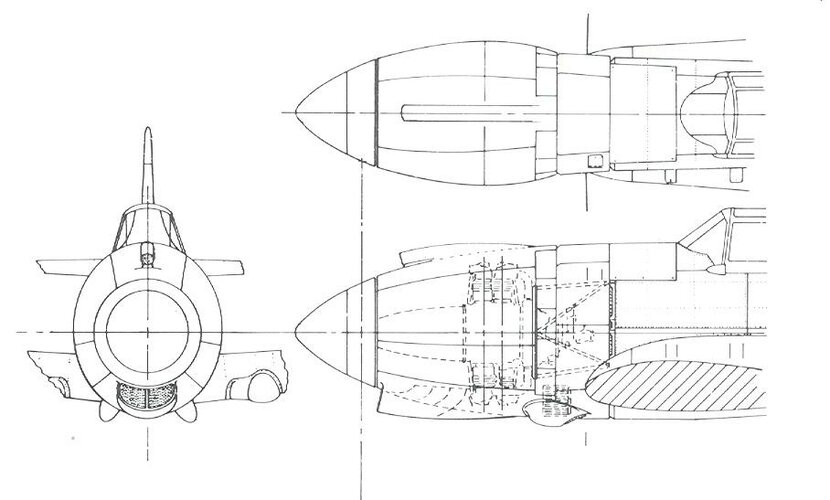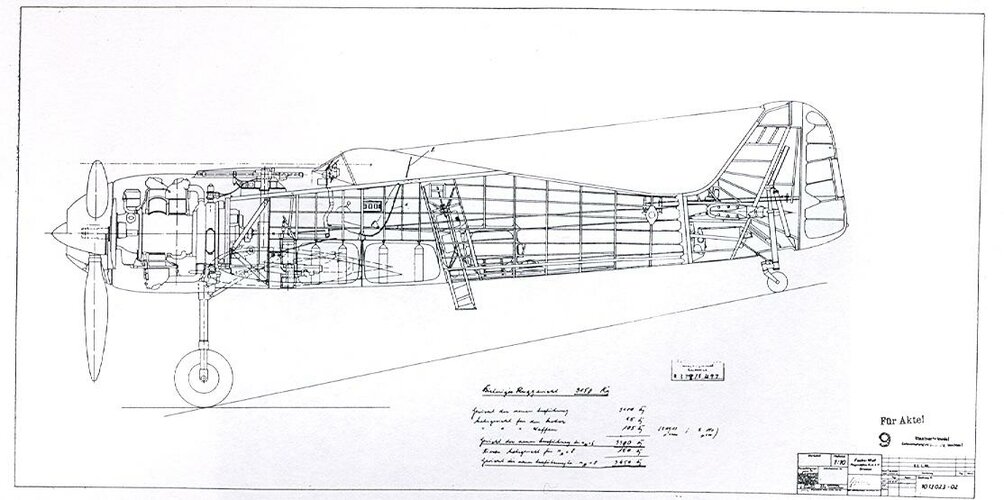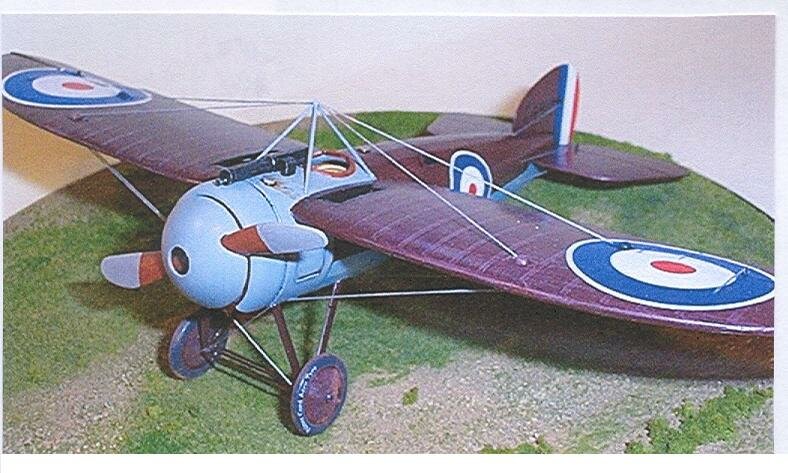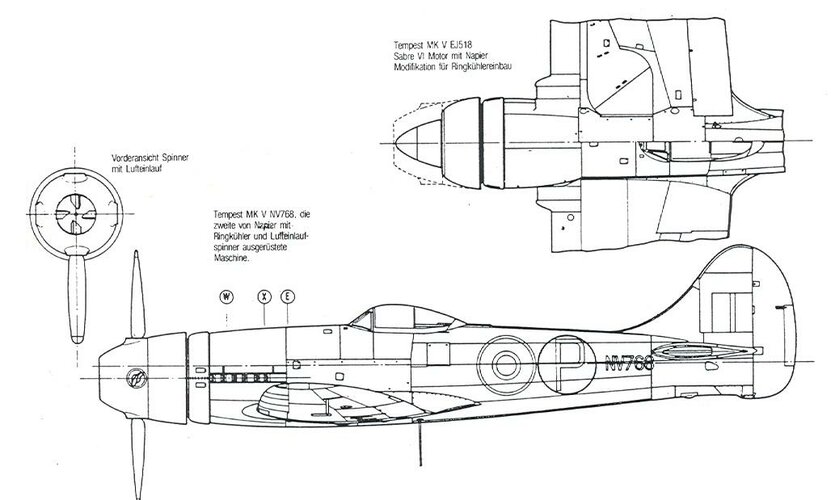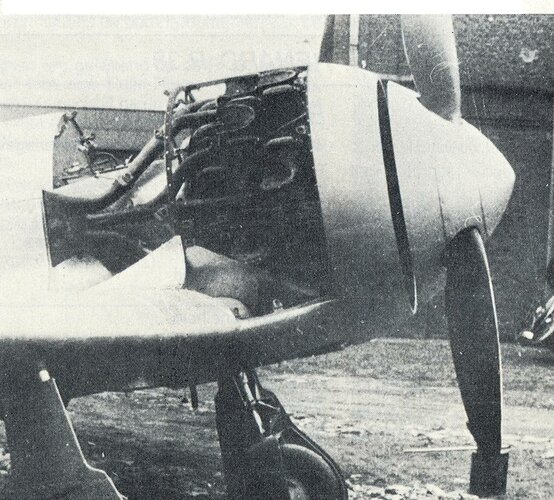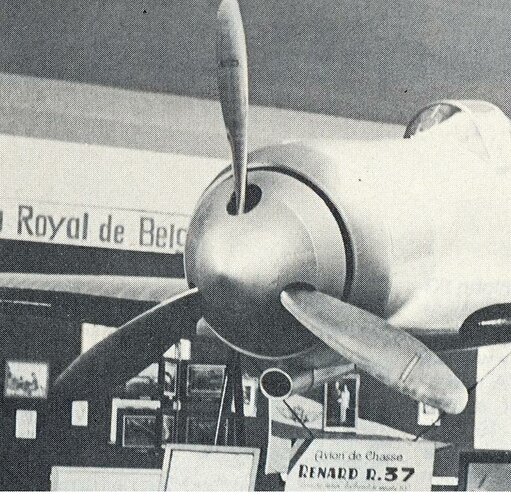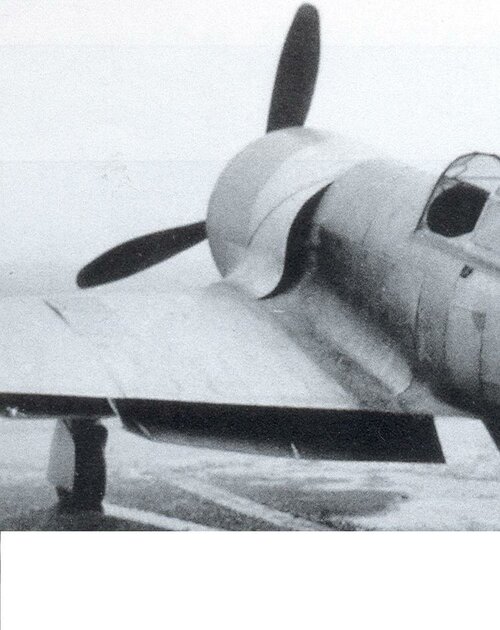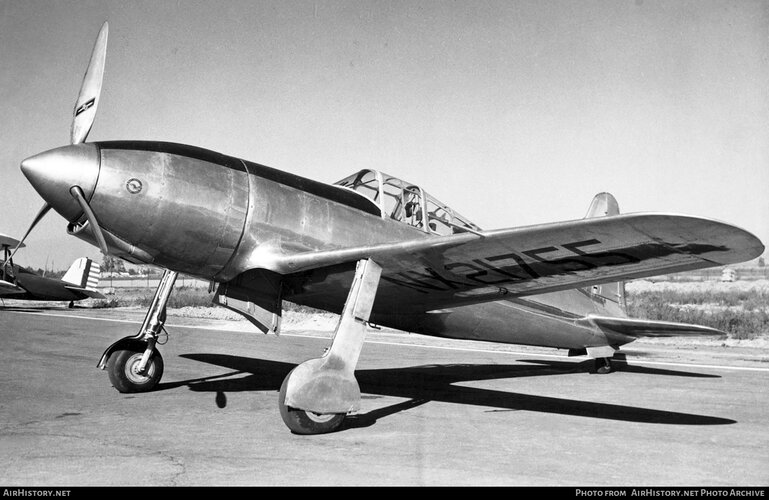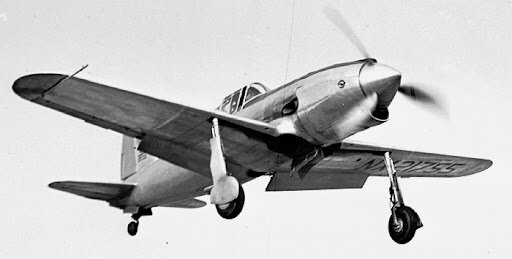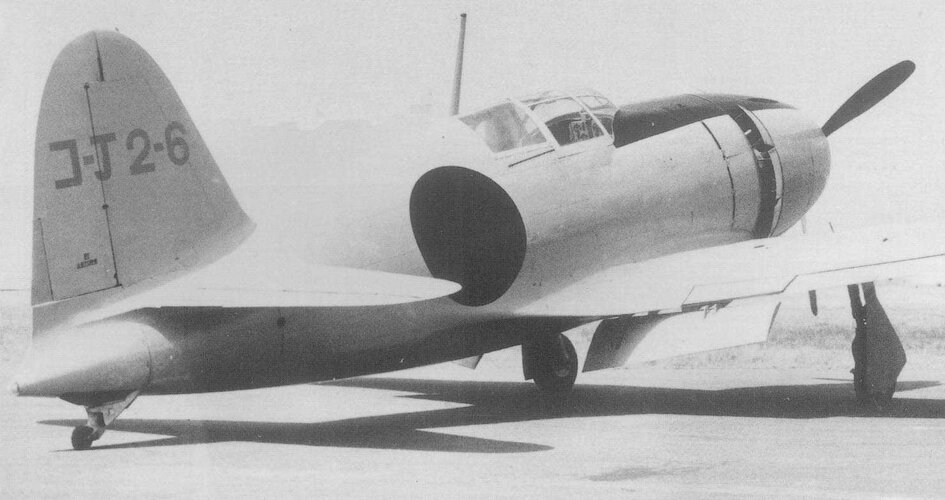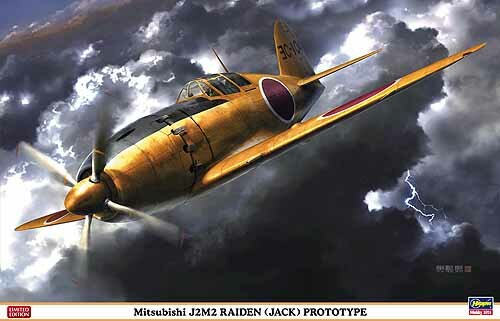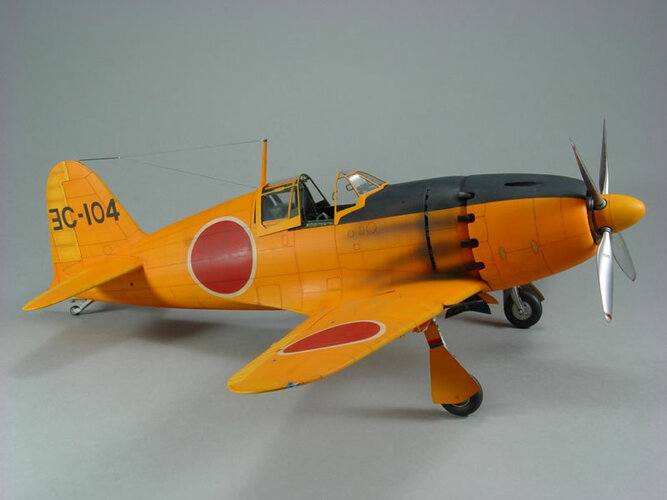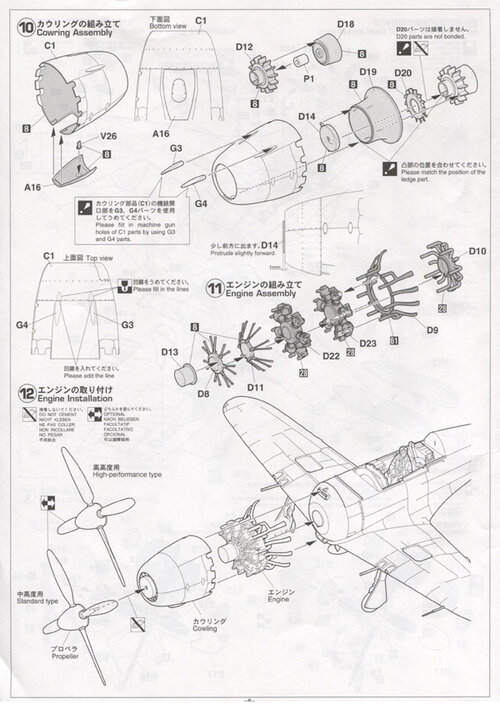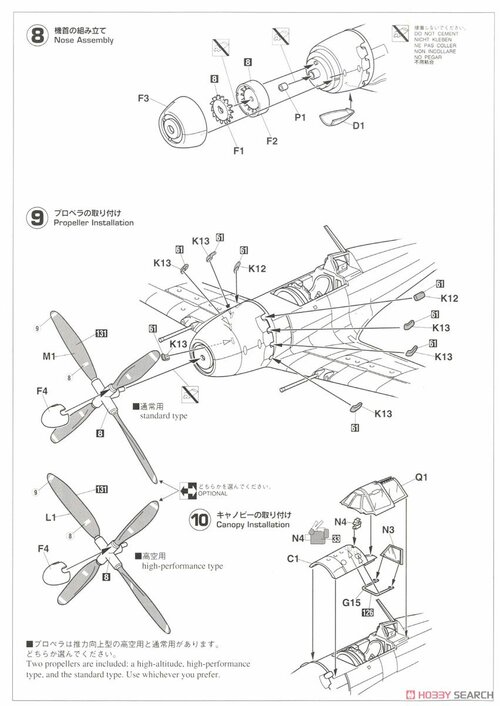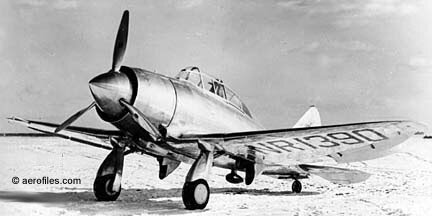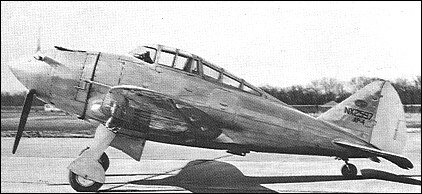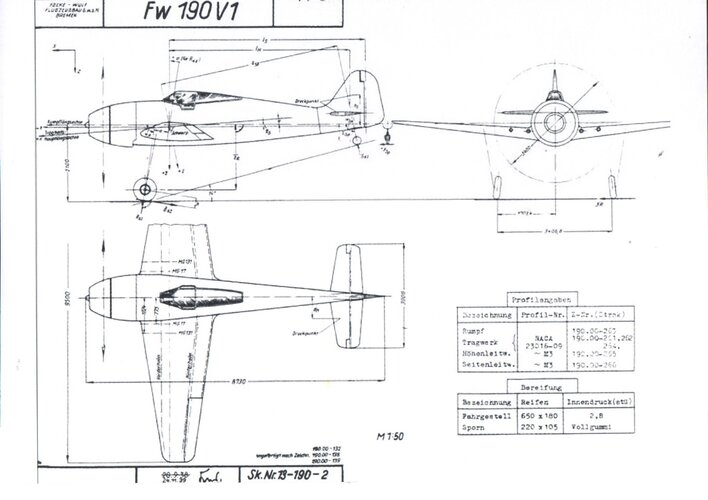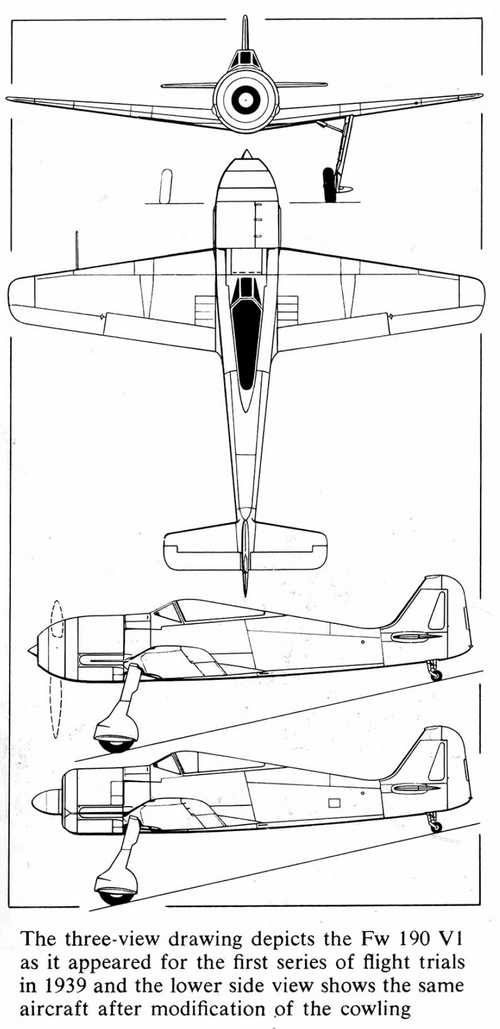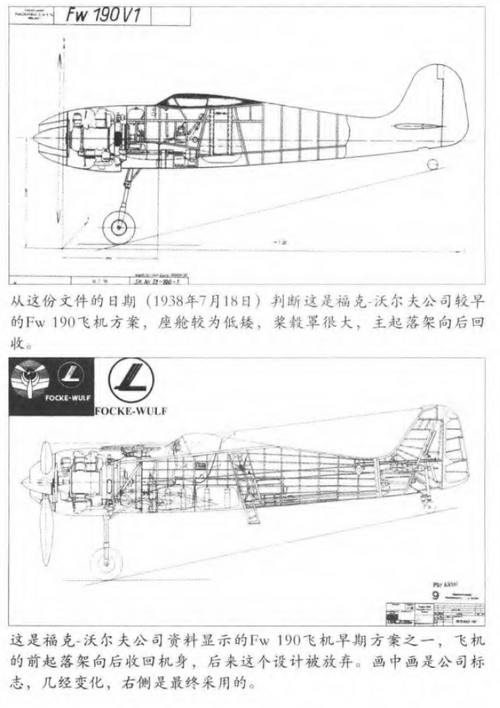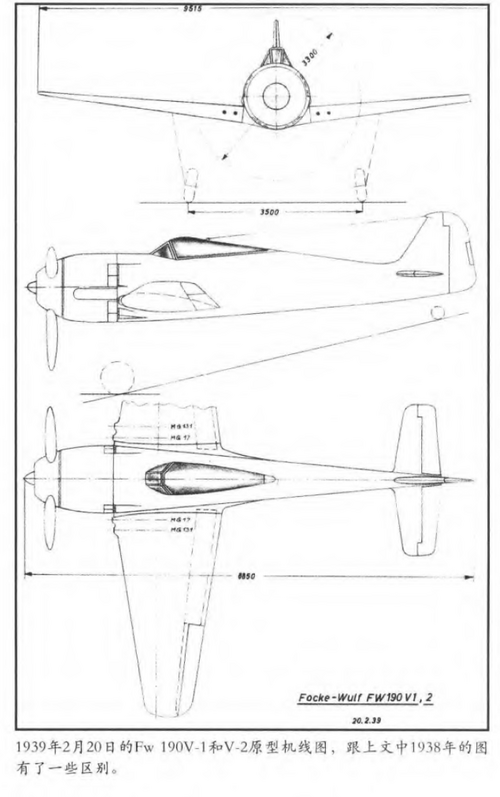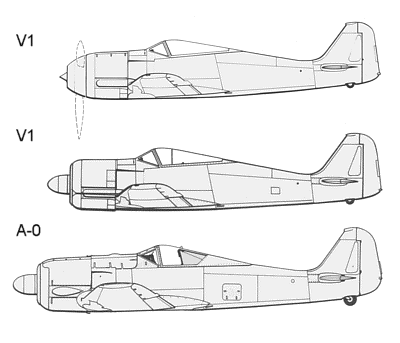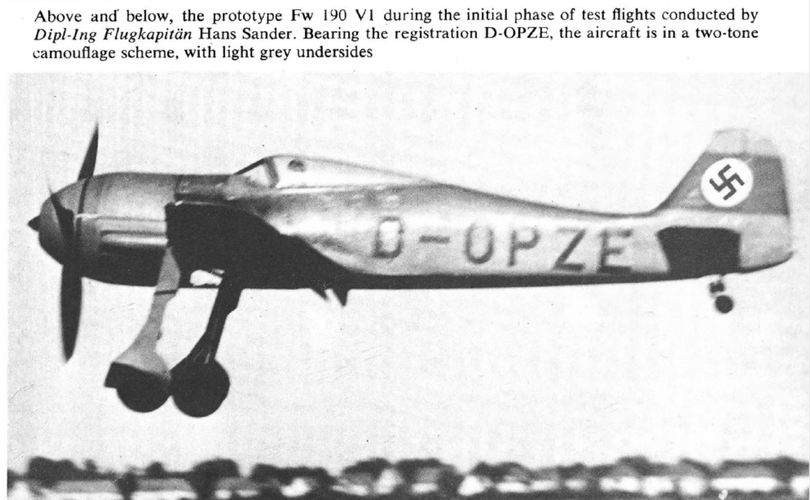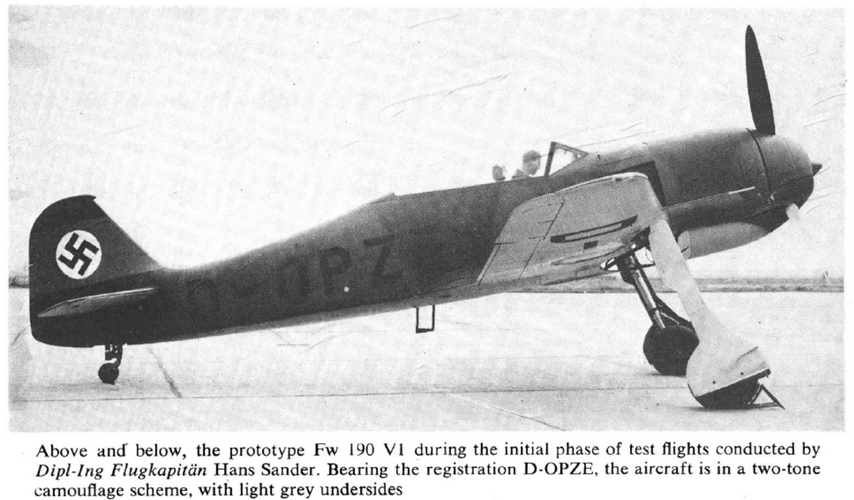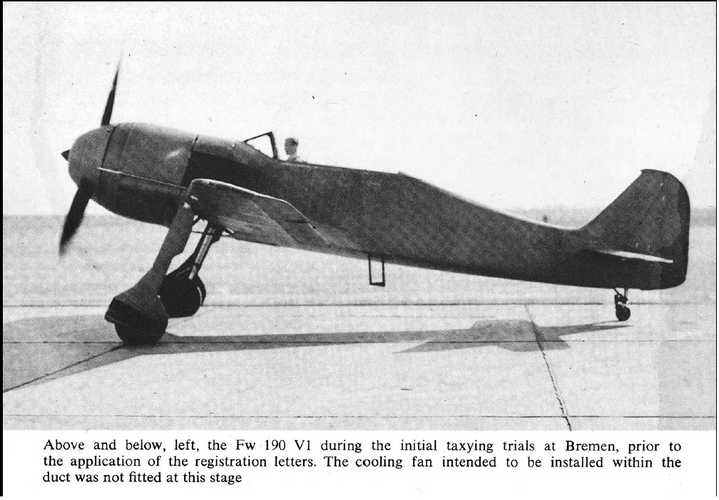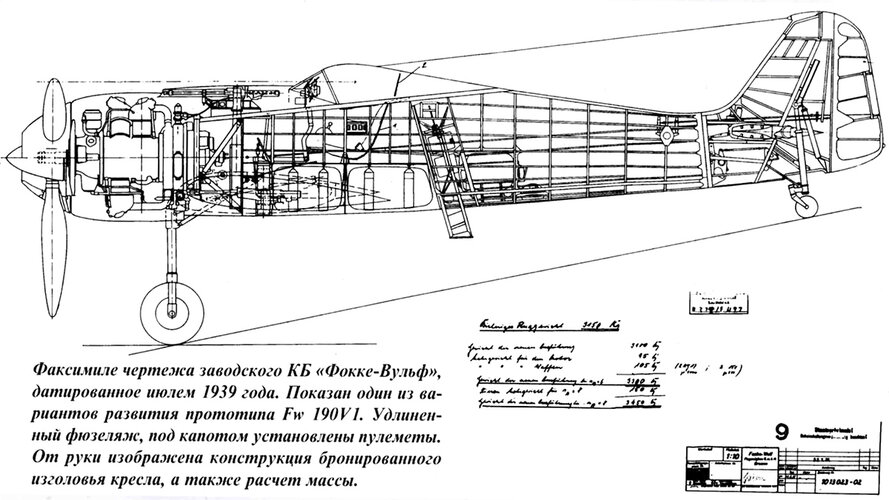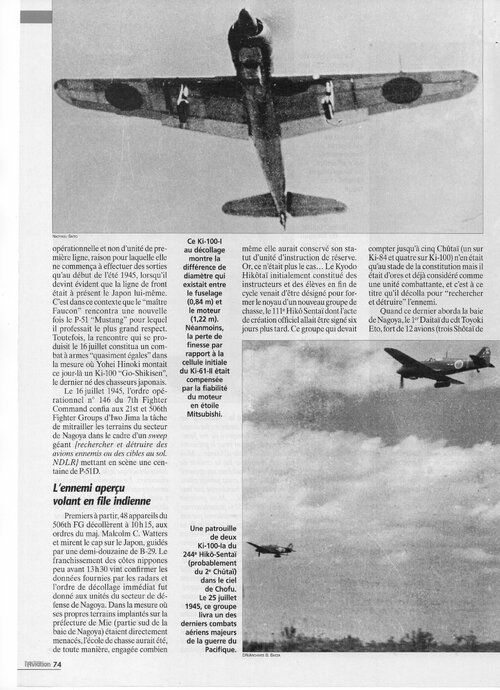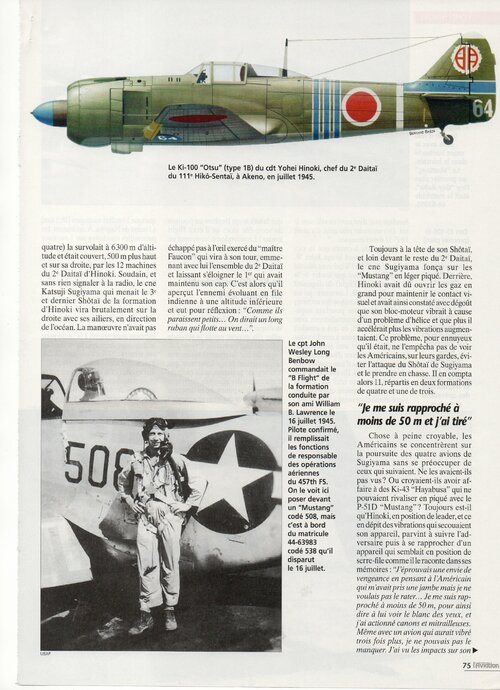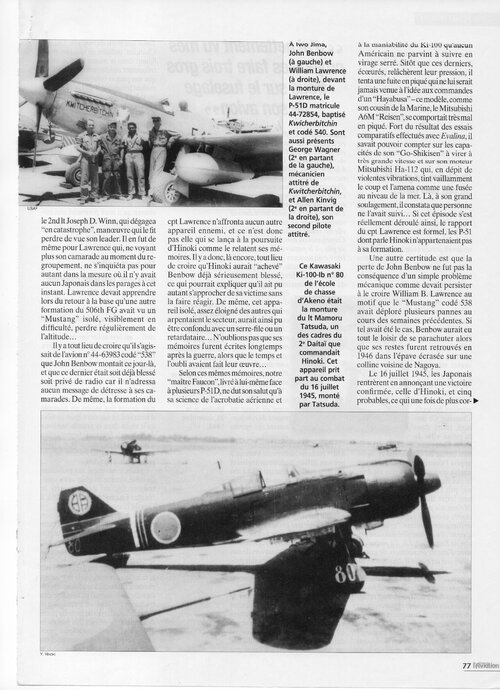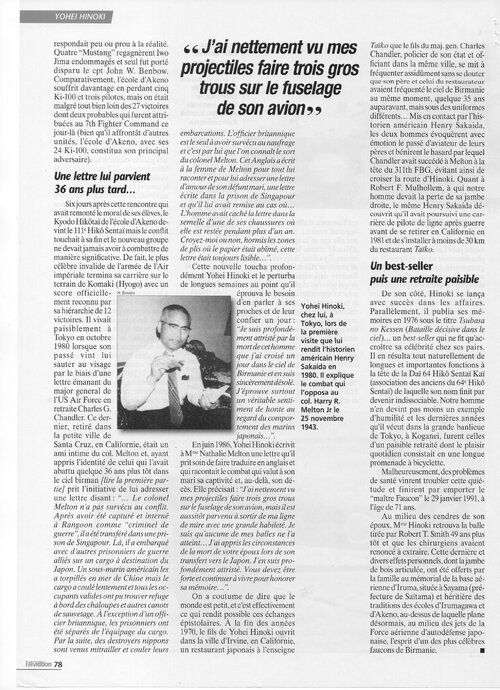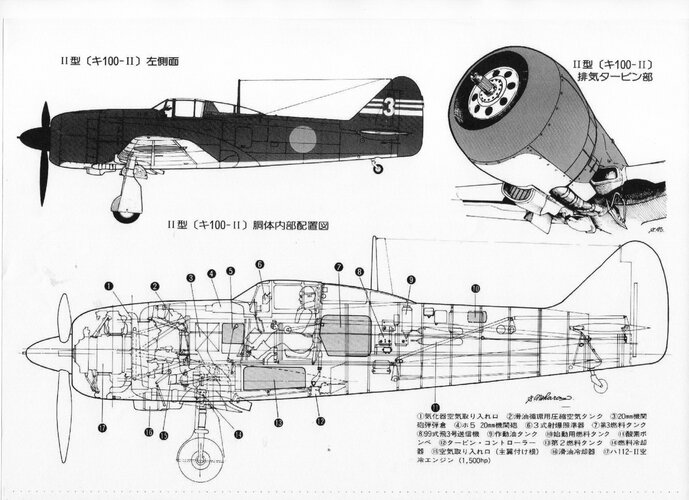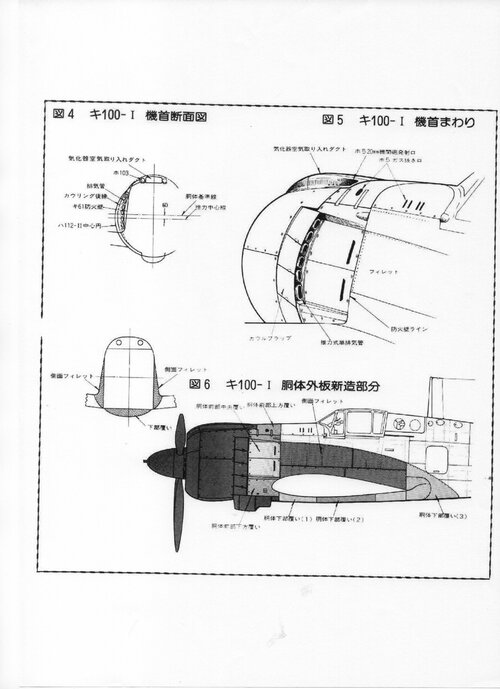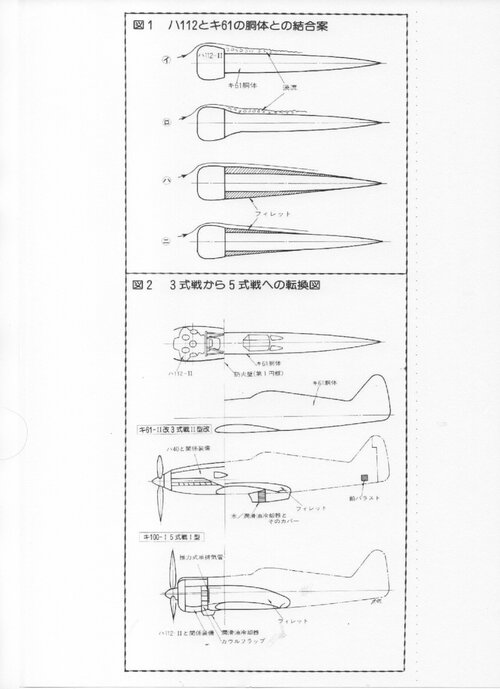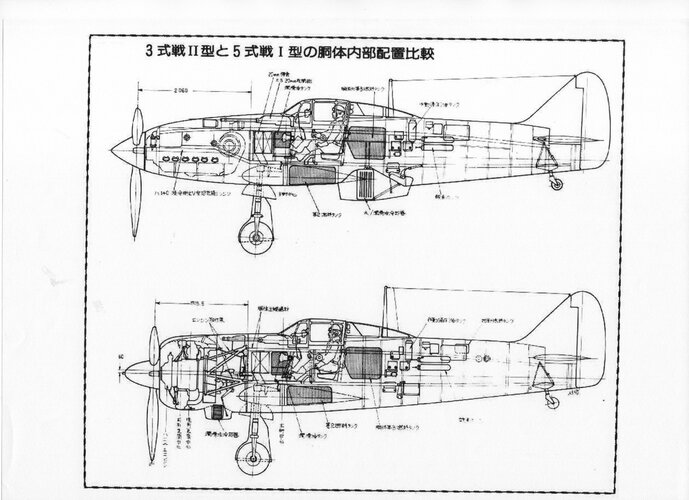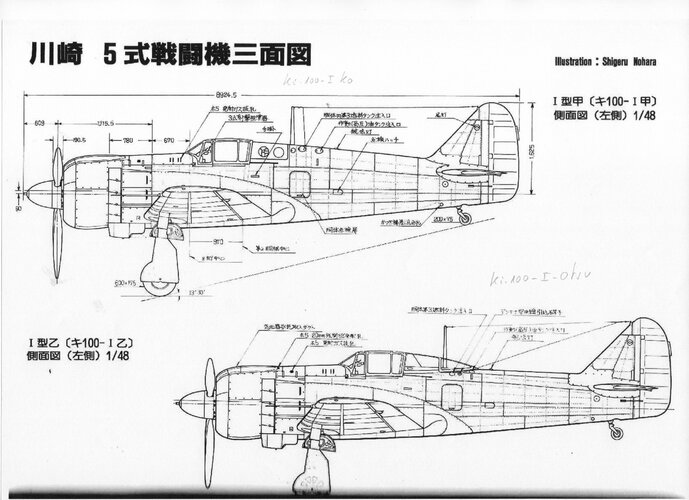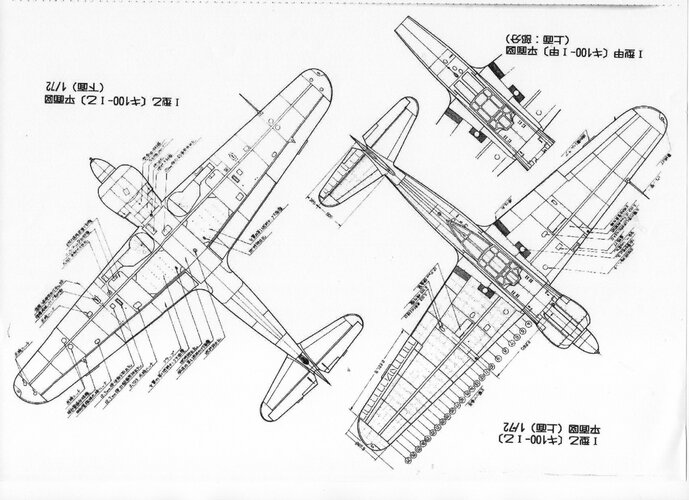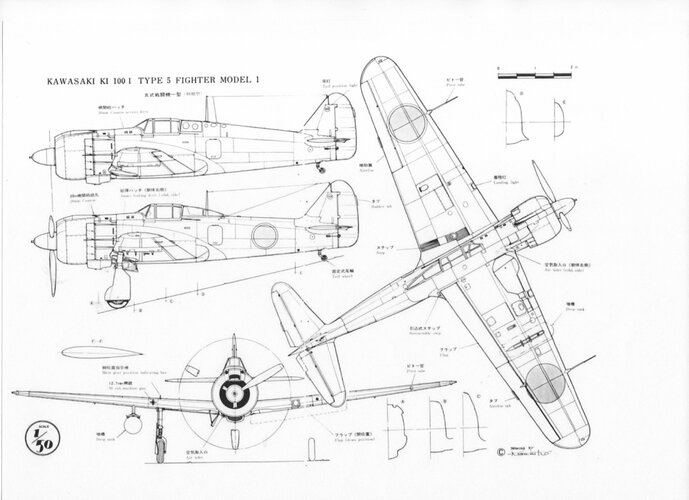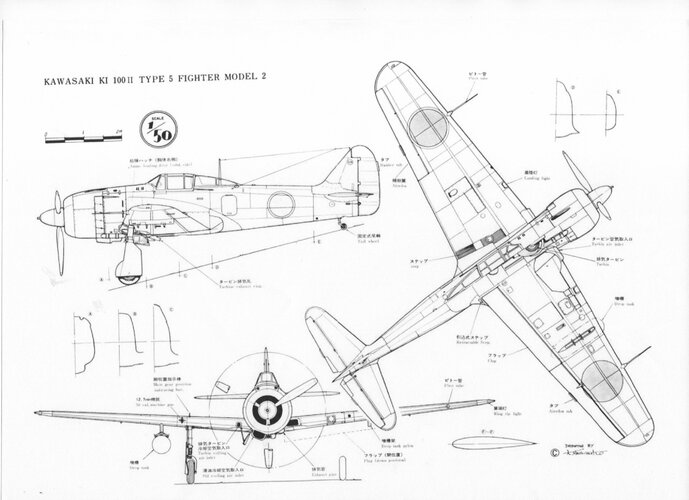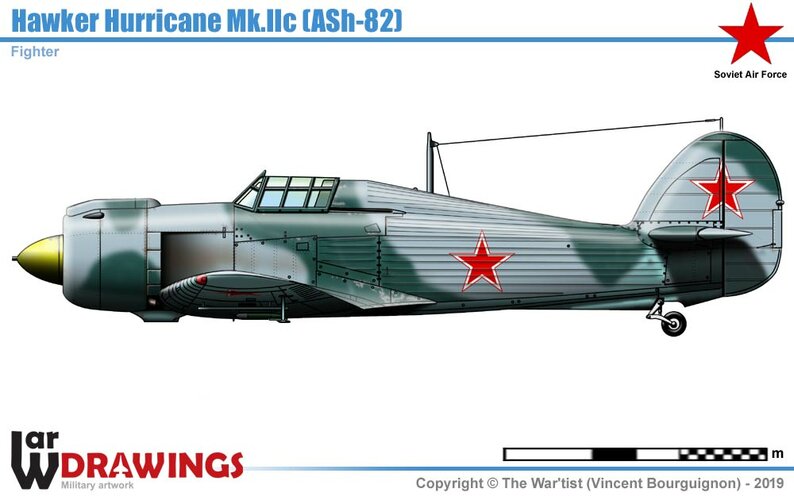Hi everyone,
Just some random thought after reading Cuny and Danel's entry in the Docavia book series, this time on the Curtiss H-75.
Work on improved cowlings in the XP-42 achieved 540-550 kph instead of 500-ish kph for a regular H-75 thanks to reduced drag.
The Pratt and the Wright radials equipping the H-75 were not fitted with particularly advanced superchargers.
So with more careful development of the aerodynamics, structural weight and superchargers, could Curtiss make the H-75 competitive in the European skies of 1940 even on the R-1830/1820 radials? Something as fast/faster than the Bloch 155 for example, or even competitive with Bf-109E.
Curtiss P-36 evolution
The Curtiss H75 won the United States Army Air Corps (USAAC) fighter contest of 1939 and was accepted as the U.S. standard pursuit airplane, under the designation P-36A
Hawk.
Designed in 27,000 hours in late 1934, the H75 was a monoplane fighter with enclosed cockpit, flaps and retractable undercarriage, powered by one 1,050 hp R-1830-13
Twin Wasp radial engine and armed with two nose mounted 0.50 cal and two wing mounted 0.30 cal machine guns. The
Hawk top speed was 300 mph (483 kph) and the service ceiling was 15,000 ft (4,572 m).
In May 1938 the Chinese government ordered 30 Curtiss H75 M, the exportation version with fixed undercarriage, 280 mph top speed and Wright GR-1820-G3 engine, rated at 875 hp. The city of Chungking was defended by the new fighter until the arrival of the Japanese air-superiority fighter Mitsubishi A6M2 Type 11
Zero-Sen (331 mph) in September 1940.
In November 1938 the Thai government ordered twelve H75 N, export version equivalent to the H75 M with two wing mounted 20 mm cannons. On 8 December 1940 three H75 M were destroyed by the Nakajima Ki.43-Ia of the Imperial Japanese Army (IJA).
Between December 1938 and May 1940 the French government ordered 619 Curtiss H75 A powered by one 1,200 hp Pratt & Whitney S1C3-G (or one Wright R-1820-G205-A) radial engine and armed with four 7.5 mm FN Mle 38 machine guns.
With 303 mph top speed the French fighter performed well, fighting on equal terms with the Messerschmitt Bf 109 D during the ‘Phoney War’ and eluding the attacks of the Bf 109 E during the Battle of France.
In July 1939 the Norwegian government purchased twelve H75 A-6, powered by one 1,200 hp Pratt & Whitney R-1830-SC3-G engine, and twelve more after the invasion of Poland. On the German attack day, 9 April 1940, nineteen Norwegian Curtiss were delivered but none were in flying condition, four aircraft were destroyed by the Heinkel He 111 H-4 bombers of the KG/4 and KG/26, the rest were captured without ever having come to fly.
Nine H75 A-2 and seven H75 A-4 ex-
Armée de l'Air fighters were supplied by Germany to the Finnish Air Force in June 1941 and another fifteen H75 A-4 between June 1943 and January 1944. Eleven ex-Norwegian H75 A-6 were additionally supplied between July and August 1941.
During the ‘Continuation War’, the
Hawks managed to shoot down twenty-one I-153, eleven I-16, three DB-3F, fifteen MiG-3, sixteen LaGG-3, two Yak-1, nine Pe-2, three MBR-2, two U-2, one Boston and two La-5. They lost 8 aircraft of their own.
The A-2 and A-6 models were powered by a 1,200 hp Pratt & Whitney R-1830-SC3-G engine and A-4 models by a 1,200 hp Wright
Cyclone R-1820-95. Armament: six 7.5 mm FN / Browning Mle 38 machine guns.
In December 1941 thirty-seven P-36 A were based at Wheeler Field in Hawaii, during the Japanese attack eight of them carried out emergency take offs shooting down one Aichi D3A dive bomber and one Mitsubishi A6M2 Type 21
Zero-Sen of the Imperial Japanese Navy (IJN).
The H75 inadequate performance at high altitude was a constant source of concern for the Curtiss Airplane Division staff.
In 1938 one H75 A-1 was modified as the H75 R high-altitude prototype, powered by one R-1830-SC2-G radial engine driving two centrifugal turbochargers, with ventral intercooler. During flight tests conducted in January 1939 the H75R reached a top speed of 330 mph flying at 15,000 ft. The USAAC considered insufficient the increase of performance and the H75 R unsuitable for operational service, due the complexity of the new propulsion system.
Curtiss continuing to perfect the concept, in 1943 the NX 28990 airframe of a H81A was powered by one R-1830-SSC7-G radial engine driving two centrifugal compressors housed in a new streamlined cowling. During flight tests conducted between July and October 1943, the high-altitude prototype reached a top speed of 389 mph and 25,000 ft of ceiling.
On 1 December 1943 the first North American P-51B
Mustang, with 440 mph top speed and 42,000 ft ceiling, was delivered to the USAAF and the Curtiss prototype development was discontinued.
In 1939 all aircraft manufacturers competed for the few in-line available engines.
With the potentially deteriorating situation that a long war could create, some aerodynamic essays were performed in Germany, Belgium and the USA to reduce the radial engines air drag.
The Renard R-37 fighter was introduced to the public in July 1939 as an emergency solution, in face of the prospect that France and the United Kingdom might cancel the exports of the Hispano-Suiza and Merlin in-line engines. The R-37 was propelled by one Gnome-Rhône radial engine of 1,100 hp with a large propeller spinner which completely covered the engine front.
In Germany, the Focke-Wulf Company had the same problem after realising that the whole production of Daimler Benz in-line engines had been assigned to Messerschmitt. The design team of Kurt Tank was impelled to use the BMW radial engine for the new Focke-Wulf Fw 190 fighter, a prototype of which flew in June 1939 with an extremely aerodynamic cowling and a large ducted spinner to reduce drag.
In USA the NACA published a report at the beginning of 1939 about the methods to improve the volume of cooling air flowing over radial engines. In February 1939, Seversky performed the first flight tests with the NX2597 AP-4
Lancer prototype, equipped with ducted and non-ducted large propeller spinners. In March, Curtiss decided to experiment with the new technology transforming the P-36A s/n 38-004 into the XP-42 prototype by adding a large propeller spinner and extension shaft and one air intake placed under the R-1830-31 engine, the prototype suffered serious problems of vibrations.
In May 1940, the Japanese flight tested the third prototype of the Kawasaki Ki.45 with a spinner that was almost identical to that of the Fw 190 V1.
The Vultee 48 prototype NX21755 c/n 142 flew for the first time in September with an equipment similar to that of the Curtiss XP-42.
By mid of 1939 the Northrop Company tested the A-17A s/n 36-184 bomber with ducted and non-ducted large propeller spinners and several nose and side mounted blowers configurations.
In United Kingdom, the Hawker Company performed several late experiments by the beginning of 1945, modifying the
Tempest Mk.V NV768 with several types of ducted spinners.
As a result of all this research, however, there was not any significant aerodynamic achievement. The R-37 was captured by the Germans before starting its flight tests, the Fw 190 V1, the Curtiss XP-42, the Vultee 48, the Kawasaki Ki.45-03 and the Seversky
Lancer all encountered insurmountable cooling problems and had to be refitted with conventional cowlings. The A-17 A was turned back to its original configuration and back to operations.
Curtiss XP-42 technical data
Wingspan: 37.3 ft (11.37 m), length: 29.5 ft (8.99 m), height: 10 ft (3.05 m), wing area: 235 sq. ft (21.83 sq. m), max speed: 314 mph (506 kph), max weight: 6,259 lbs (2,839 kg), service ceiling: 31,000 ft (9,450 m).
On 6 November 1935 was flown the British Hawker
Hurricane prototype reaching 315 mph speed and 33,000 ft ceiling.
The Supermarine
Spitfire prototype flew on 5 March 1936 reaching 349 mph and 32,000 ft.
On 10 January 1937 entered in service the Messerschmitt Bf 109 B-1, with 287 mph and 26,900 ft and only ten days later the French prototype Morane-Saulnier M.S. 405 reached 298 mph and 30,840 ft.
On 5 November 1937 the Belgian prototype Renard R.36 (336 mph and 43,310 ft) made its first flight.
At the time when the Curtiss P-36A entering service, the U.S. fighter was already largely obsolescent by European standards.

